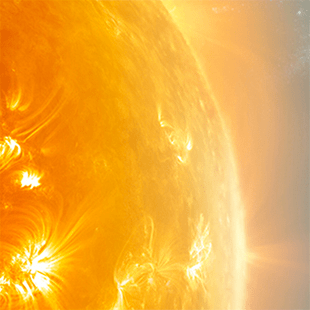Astrophysics Standards Alignments
Astrophysics Standards Alignments
Grouped by Disciplines
Printer Friendly: Astrophysics Standards Alignments (PDF)
Earth and Space Science | ||
Grade | Standard | NGSS PE (link) |
|---|---|---|
1 | Use observations of the sun, moon, and stars to describe patterns that can be predicted. | |
5 | Support an argument that differences in the apparent brightness of the sun compared to other stars is due to their relative distances from Earth. | |
5 | Represent data in graphical displays to reveal patterns of daily changes in length and direction of shadows, day and night, and the seasonal appearance of some stars in the night sky. | |
Middle School | Develop and use a model to describe the role of gravity in the motions within galaxies and the solar system. | |
High School | Construct an explanation of the Big Bang theory based on astronomical evidence of light spectra, motion of distant galaxies, and composition of matter in the universe. | |
High School | Communicate scientific ideas about the way stars, over their life cycle, produce elements. |
Physical Science | ||
Grade | Standard | NGSS PE (link) |
|---|---|---|
4 | Make observations to provide evidence that energy can be transferred from place to place by sound, light, heat, and electric currents. | |
4 | Develop a model to describe that light reflecting from objects and entering the eye allows objects to be seen. | |
Middle School | Construct and present arguments using evidence to support the claim that gravitational interactions are attractive and depend on the masses of interacting objects. | |
Middle School | Develop and use a model to describe that waves are reflected, absorbed, or transmitted through various materials. | |
Middle School | Integrate qualitative scientific and technical information to support the claim that digitized signals are a more reliable way to encode and transmit information than analog signals. | |
High School | Use mathematical representations of Newton’s Law of Gravitation and Coulomb’s Law to describe and predict the gravitational and electrostatic forces between objects. | |
High School | Use mathematical representations to support a claim regarding relationships among the frequency, wavelength, and speed of waves traveling in various media. |






























